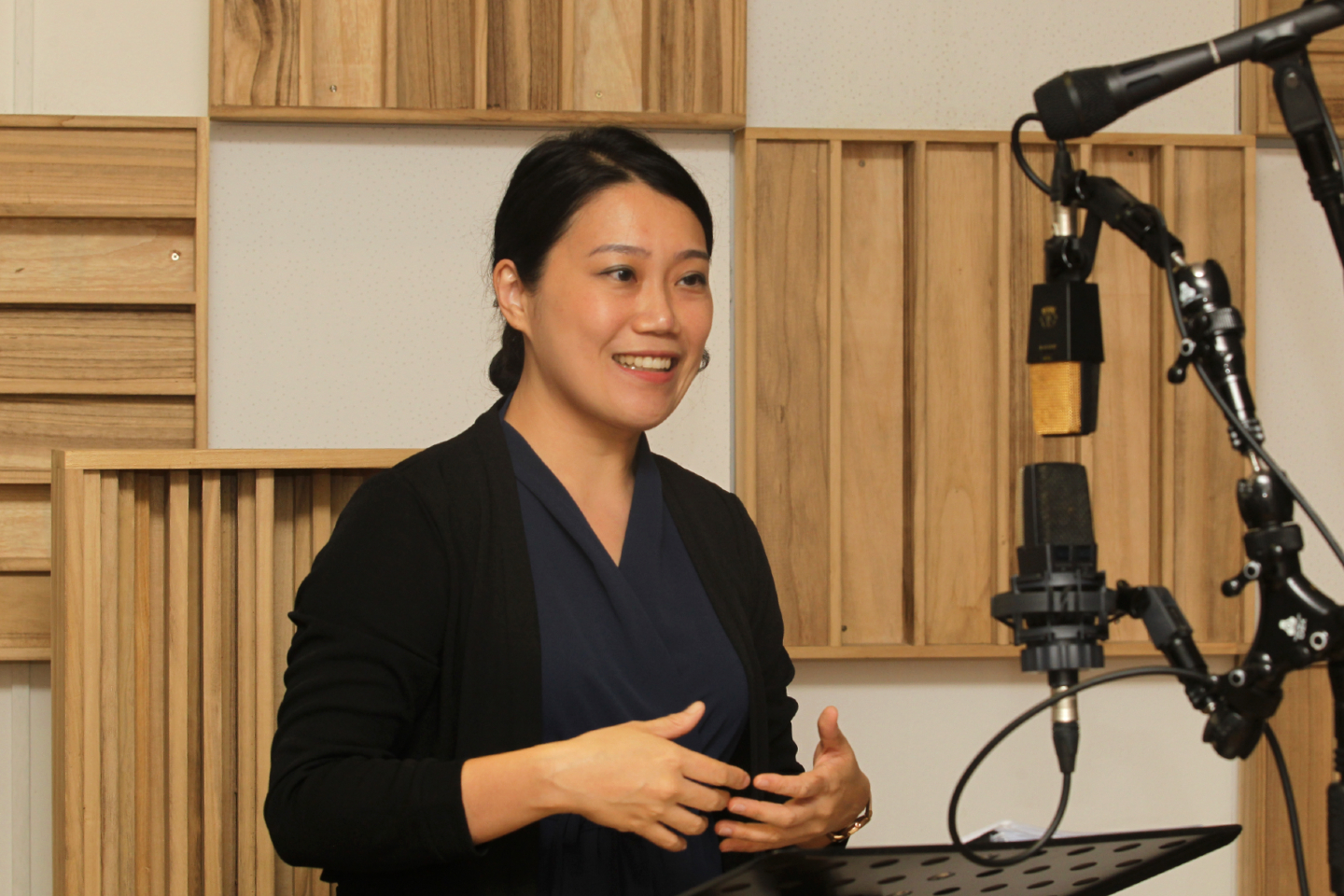
Ang: I wanted the album to be multilingual and multiracial (Photo: Haris Hassan/The Edge)
An accomplished classical singer who has established a name for herself both locally and abroad, Ang Mei Foong is more than ready to release her debut solo album. Yet, when she was first asked to record some music, the award-winning soprano initially refused.
“I really did not know what music to record,” says Ang, who last year was awarded the Order of the Star of Italy, Knight class, as well as the Golden Medal Award from the Berliner International Music Competition. This year, she received the BOH Cameronian Arts Awards’ Best Solo Performance (Vocal) nod.
She adds that she did not want to just sing and record a list of random songs for the sake of it. Luckily for us, she has since found the motivation to step in front of the microphone. In fact, we met up with Ang just before she started another evening of live recordings at Deciso Music Studio in Bandar Sri Damansara, one of several she has done in the past few months. She was accompanied by composer and pianist Wong Chee Yean that day.
peo_ang_mei_foong_3_hh.jpg
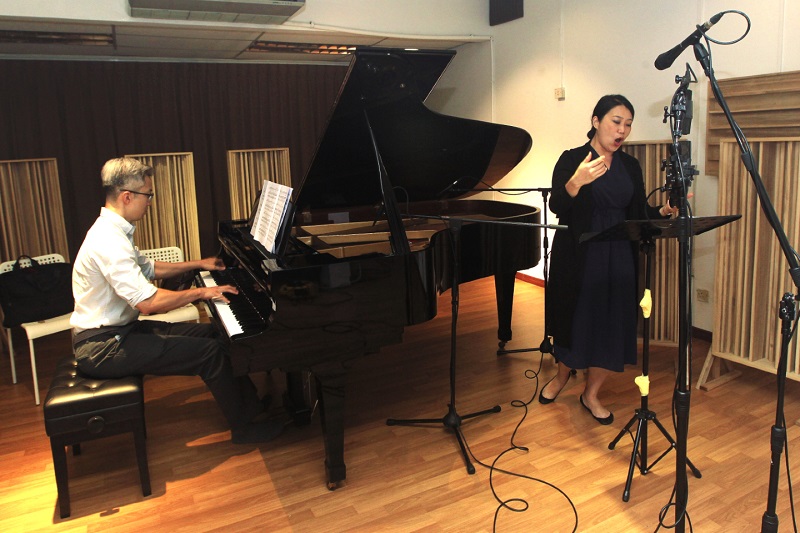
“My experience of working with musicians both locally and abroad led me to rethink and I felt it would be nice to have an album of myself singing songs with a local identity,” she says.
The double CD will contain about 30 art songs by Malaysian composers. It is an ambitious passion project for the Universiti Putra Malaysia lecturer who worked on it, for the most part, on her own with some assistants and collaborators for the last two years.
What is an art song, one may ask? She explains, “Today, if a song is written in a more classical tradition it is called an art song. But strictly speaking, it is a song that is written for and performed by a vocalist and a pianist. The historical definition traces back to Schubert, who set the form as we know it, even though Mozart and Beethoven had written songs before him as well. The structure was not as concrete until his time, which is why we say Schubert is the father of art songs.”
In terms of content, an art song is always guided by “text that is set to music”, and the texts are typically poems.
Wong injects, “To me, I think the differentiation to, say, a pop song or other genres is in the accompaniment. In an art song, the piano takes an equal part together with the voice in telling the story of the text, and is not so much in the background.”
peo_wong_chee_yean_3_hh.jpg
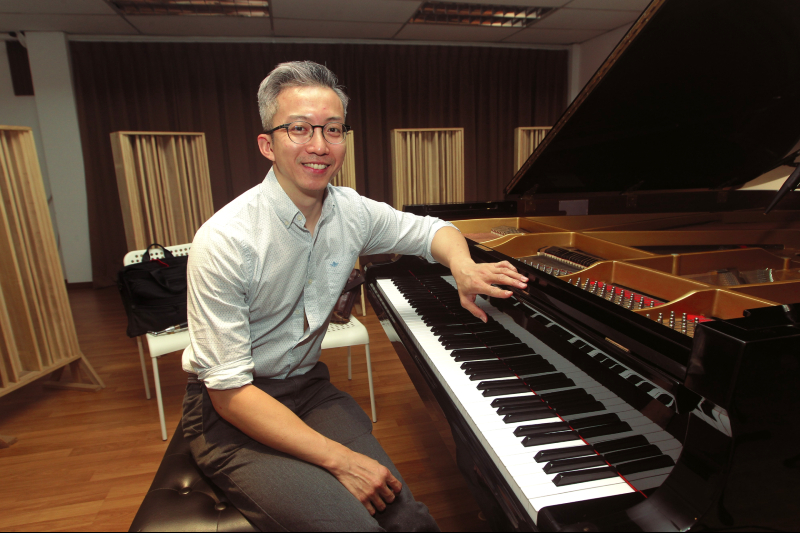
This “story telling” may include depicting the flow of a river or even mimicking the sound of a classical Chinese instrument to match a song inspired by a historical Chinese poem, for example.
A lot of Ang’s initial effort was to research and collect songs for the album, be it through existing publications of works by Malaysian composers or through her network and friendships with fellow musicians and composers, such as Wong.
“I had a certain selection criteria — I wanted a mix of somewhat familiar songs by older composers, some of whom have died, and some newer ones. I worked with some to reinterpret certain pieces, or bring a new twist to others, such as with Camellia Siti Maya and Yii Kah Hoe, who both reworked their orchestral and ensemble pieces into a soprano solo for me.
“Another criterion is that I wanted the album to be multilingual and multicultural. So I varied my choices based on language, the content and, of course, my personal preference,” says Ang.
But she points out that people tend to have the misconception that because the album is titled Malaysian Art Songs, it has to be traditional or have a distinctive cultural sound. The 11 composers whose works are included are diverse in terms of their inspirations and backgrounds. For example, Ang tells us about a local composer who studied in Taiwan but loves French culture. Having learnt the language, he set a French poem to music. Another, Marzelan Salleh, who wrote a new song specifically for this album, celebrates his Chinese and Javanese ancestry by incorporating related elements into his compositions. Also included is a work by the late Khaw Guan Liang, a prominent figure in the Malaysian Chinese art song community, which was based on a poem by Usman Awang, aka Tongkat Warrant, that Khaw translated into Mandarin.
claude-neo-hup-hiang_orig.jpg
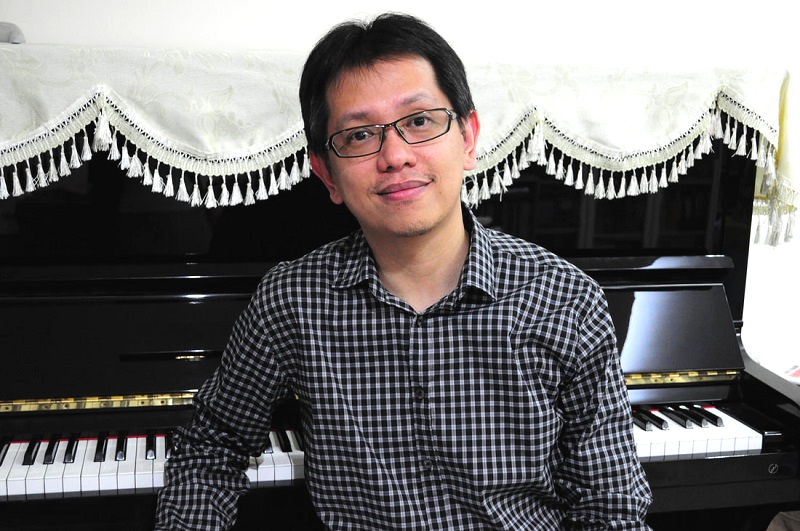
“There is a song about Petaling Street, which is written by Neo Hup Hiang, the current head of the music department at the Malaysian Institute Of Art. Another of Neo’s works is the ancient Chinese poem, Ting Tan Qin (listen to the sounds of the guqin), which conveys its beauty and is a lamentation that its music is not appreciated anymore. He imitates the vibrato of the guqin on the piano, which is very cleverly done,” says Ang.
She concedes that there are more songs in Mandarin than in other languages due to her own exposure over the years and the strong culture of Chinese art songs that goes back to pre-independence Malaya. A patriotic song by pioneering classical contemporary composer, Tan Hooi Song, highlights the early Nanyang settlers and their love for and contributions to their new home.
Wong prefers to compose his music to English texts. “I feel the language has a stronger rhythmic quality than the Chinese text. It is like the answer is already there in the text, I just need to unravel it, write its melody and set the harmony.”
peo_group_3_hh_1.jpg
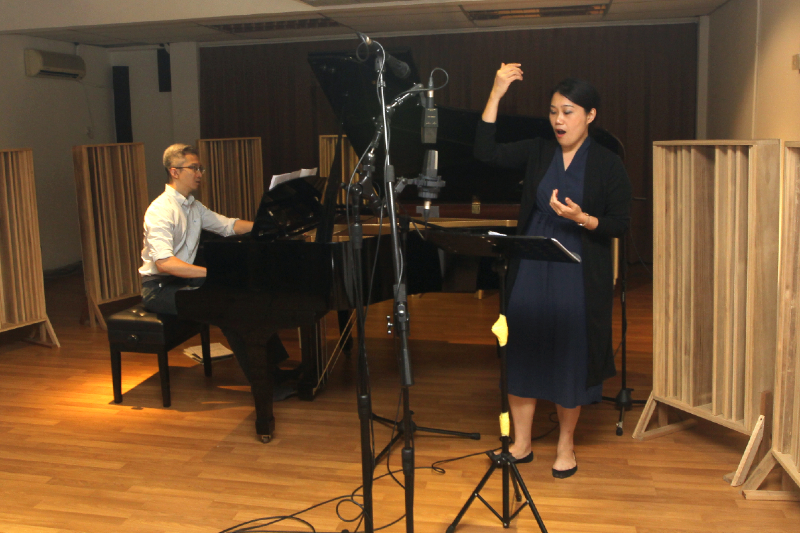
The piano teacher, arranger and composer will have four works featured on the album, two of which are part of a series in which he explores shades of sexuality — drawing from poems by Emily Dickinson, Oscar Wilde, Lord Byron and Robert Herrick. Another is one set to a Shakespeare text, originally premiered as part of a concert commemorating the 400th anniversary of his death. The song was also sung by Ang then.
A new work, which he will be submitting at next year’s Chin Yong Music Festival, is Echo, a song about death and the yearning for a loved one based on Christina Rossetti’s poem.
He describes his process. “When I look for a text, I look for particular words, whether I can do ‘word painting’. I try to use special chords to portray a certain mood, so the text has to allow it. Otherwise, there is no point because the whole exercise of composing an art song is to enhance the emotion of the text and lend a new dimension to it.”
Ang confesses that she may have bitten off more than she can chew with this project, especially financially, considering that it is self-funded. “If I knew then how much it would cost, I might not have attempted it, maybe,” she laughs. But as she prepares for another long night of rehearsal and live recording — a tremendously tedious process — it is clear that this is a labour of love and pride. “It will be nice to bring this when I perform overseas, to show people music from Malaysia,” she says.
Malaysian Art Songs is now available for pre-order with a minimum donation of RM80 per set. Ang and Wong will launch the album and perform a selection of the songs at her upcoming solo concert, Longing For You, on Sept 17 (8pm) at The Kuala Lumpur and Selangor Chinese Assembly Hall, Jalan Maharajalela, Kampung Attap, KL. WhatsApp or call (012) 377 1388 for more details.
This article first appeared on Aug 26, 2019 in The Edge Malaysia.


